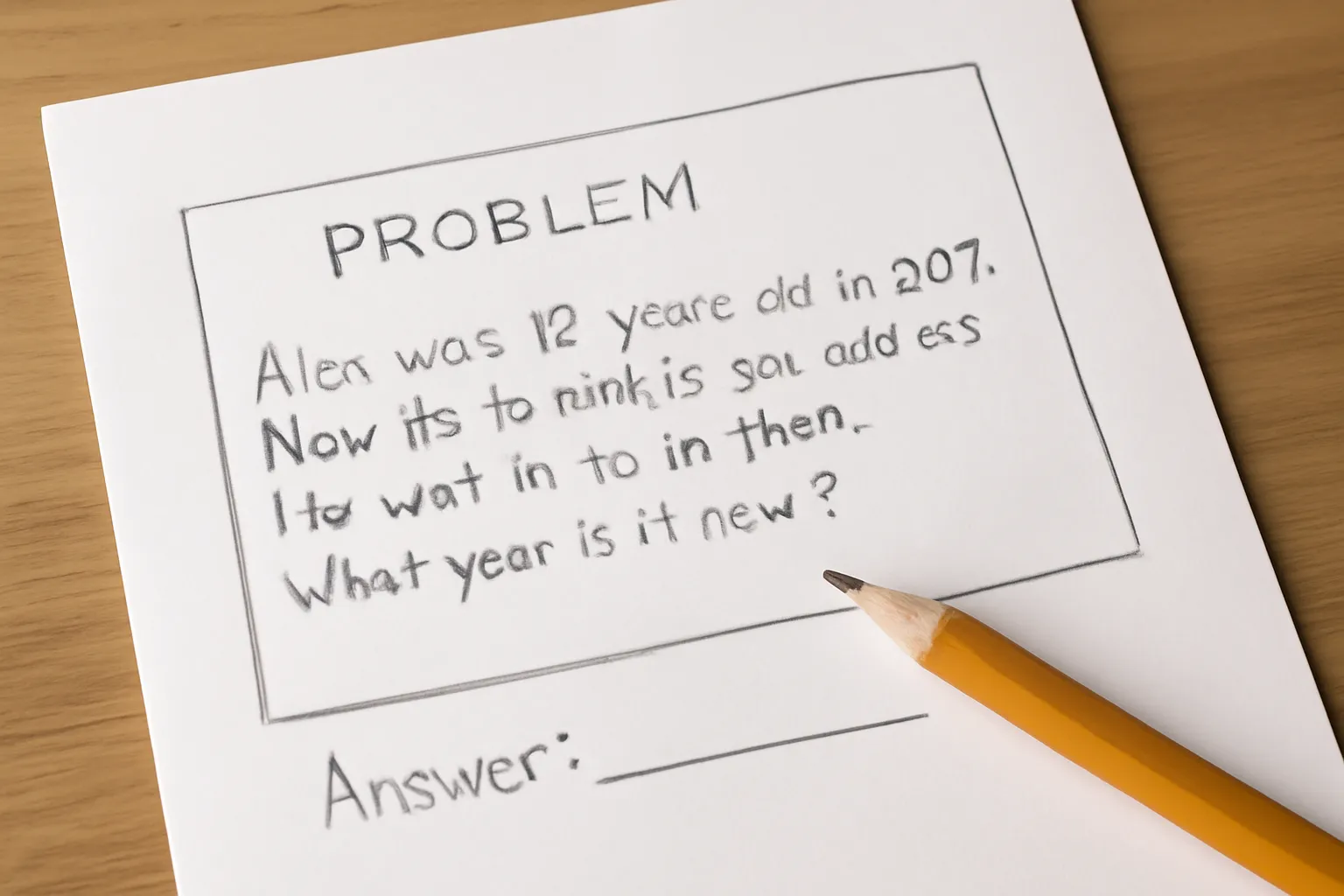In this article, we explore the fascinating world of elementary school mystery problems. These kinds of puzzles can challenge students while also sharpening their critical thinking and problem-solving skills. Let’s dive into the world of tricky math problems that leave young minds thinking long after class ends!
Do your kids love mystery problems? What’s the solution behind tricky elementary school puzzles? Unveil the answers and tips to tackle them in this guide. Curious? Read on for answers!
Understanding the Concept of an Elementary Mystery Problem
Mystery problems are a special category of questions that often leave students puzzled, prompting them to use their deductive reasoning and logical skills. In the context of elementary school education, these puzzles can come in many forms, from riddles to math problems that require students to think outside the box.
Why Are These Problems Important for Kids?
For young learners, mystery problems are a great way to engage their cognitive abilities. Solving these puzzles requires them to analyze patterns, develop strategies, and learn perseverance. These skills are invaluable, not just for math, but for life in general.
Common Forms of Elementary Mystery Problems
-
Math Puzzles These can range from simple arithmetic to more complex word problems. A great example is determining someone’s age in a particular year, or figuring out how many apples a student has after a certain number are added or taken away.
-
Logic Puzzles These often ask for a specific solution based on clues, such as determining the order of people in a line or figuring out who did what during a class activity.
-
Riddles These can come in various forms and typically require lateral thinking. An example might be, “What has keys but can’t open locks?”
Example of a Classic Elementary Mystery Problem
Take the following math problem, often seen in elementary school classrooms:
“Alex was 12 years old in 2007. How old is Alex now, in the year 2025?”
This question is simple in its arithmetic, but it can be a great challenge for younger students who may not yet have mastered the concept of adding or subtracting years from a given date.
Solution
The answer is simple—18 years old. From 2007 to 2025 is a span of 18 years, so Alex is now 18.
The Answer to Elementary School Ridges: Solving the Mystery
When it comes to answering tricky elementary school problems, a methodical approach is key. Let’s break down the most effective strategies to help students find answers.
The Approach: Step-by-Step
-
Read Carefully It’s important that the student reads the problem multiple times to ensure they understand it. A common mistake is misreading a question and applying the wrong logic.
-
Identify Key Information Highlight or underline the most critical pieces of information in the question.
-
Apply What You Know Whether it’s simple addition, subtraction, multiplication, or even division, always remember to apply basic math principles first before looking for more complex solutions.
-
Check Your Work It’s always a good practice to check the solution by retracing steps and ensuring that the logic flows correctly.
Real-life Example
In another example, a student might be asked, “If Maria has 5 apples, and her friend gives her 3 more, how many apples does she have now?”
The solution involves simple addition:
5 (apples) + 3 (apples from the friend) = 8 apples.
This problem is perfect for teaching elementary students how to solve basic addition problems, but with the inclusion of a social scenario, students can better relate to the question.
Solving Difficult Elementary School Mystery Problems
Sometimes, a mystery problem can be difficult for an elementary student to solve. Whether it’s a tricky riddle or a complex word problem, there are steps to help students break down the question and find the solution with confidence.
Common Pitfalls and How to Avoid Them
-
Overcomplicating the Problem Sometimes, students may try to overthink a simple problem. Encouraging them to take a step back and look at the basic elements can often help them see the answer more clearly.
-
Misunderstanding the Question It’s common for younger students to misinterpret a question, especially if there are multiple steps involved. Reinforce the importance of reading the problem carefully.
-
Skipping Steps In more complex problems, students may try to rush through, missing necessary steps. It’s essential to teach patience and the importance of working through problems methodically.
Example of a Tricky Problem
“Tom and Sarah went to the park. Tom is 4 years older than Sarah. If Sarah is 9 years old, how old is Tom?”
To solve:
-
Identify the difference in age: Tom is 4 years older than Sarah.
-
Add 4 to Sarah’s age (9 years old) to find Tom’s age: 9 + 4 = 13.
The answer is simple, but requires careful thought. Encouraging students to break down these steps will help them solve even more challenging problems.
Conclusion
Elementary mystery problems are a fantastic way to engage young minds in problem-solving and critical thinking. By understanding how to break down these challenges step-by-step and teaching patience, we can help students develop the skills they need for both their academic journey and life.
When students approach these types of problems with the right mindset and strategies, they not only develop math skills but also cultivate confidence and perseverance.
As Albert Einstein famously said, “It’s not that I’m so smart, it’s just that I stay with problems longer.” Encouraging children to stick with tricky puzzles will help them succeed both inside and outside the classroom.






